|
One of the many great tragedies of adulthood is that no one tells you fairy tales anymore. But then there’s Jane Yolen who does just that. Who has been doing just that for the many decades of her spectacularly prolific career. As this collection so marvelously demonstrates.
I’ve read the previous collection Midnight Circus by Yolen before, so I knew what to expect and sure enough, this was a delight in every way. If one had to categorize it, something like romantic fantasy might suffice. Not to say these are all love stories, but they are about love, as all fairy tales in a way are. I can sing Yolen’s praises and use all sorts of excited superlatives…or I can just say that some people have the gift of natural storytelling and this author is one of them. He weaves her fairy tale gold just as expertly as any of the classic masters and leaves you just as warm and happy reading them. These stories are charming, lovely, things of beauty. Don’t care for poetry in the footnotes so much but that’s neither here nor there. The main attraction is utter delight, pure reading pleasure. For you, for your neglected inner child. Recommended. Thanks Netgalley.
0 Comments
A minor British author embarks on a small-time book tour and finds himself descending further and further into a maddening Kafkaeque nightmare.
This random library find turned out to be a complete delight. The author and the writer are one and the same and there’s a certain pleasing coherence and symmetry of narrative about it. The art is minimal but surprisingly effective, even when it comes to portraiture, and the story itself is engaging and compelling as it veers between absurd and darkly menacing. The man’s suitcase is stolen. No one comes to buy his books and have them signed; the itinerary continues to change in notes received from an unseen publisher. The author’s family is also unseen, only presumed on the other end of the conversation. Someone is killing women working at the bookstores he visits. The police are always wanting to talk with him. It’s a comedy of a neverending series of misunderstandings, but therein also lies a tragedy of being but a toy for some unseen indifferent at best forces at play. Of getting lost in and becoming a fodder to a faceless careless bureaucratic machine. Good, scary, good. A lovely balance of light and dark in the narrative. Nicely done. Recommended. I’ve not read Landay until now because I had always thought of him as a writer of court dramas, and I don’t especially like those. But then again, I heard good things, so I kind of meant to. When the ARC for his latest came to Netgalley, I downloaded it, and then, upon a strong passionate recommendation of a good friend moved it up on my reading queue.
Well, what can In say. I was missing out. That much was blatantly obvious from the first page. There’s this elusive, difficult to describe quality some writers have, like they were born to tell stories. The way their narrative just envelops you, the profound immersiveness of their books. Landay has that. Loads of it. The man can just take a deceptively simple tale that can be in theory summed up as A Man May or May Not Have Killed His Wife Forty Years Ago and make it sing. Make it wow. So how does he do it? Well, his writing is just that good. But also, he’s so clever about the narrative structure, about the subtleties of characters, about maintaining plausible deniability and suspense. The case is this: in 1975 a well-to-do lawyer’s wife and mother of their three children disappears without a trace. The suspicion inevitably falls on the man, because that’s just how it goes and because he’s kind of scummy, and with a girlfriend on the side. And yet no one can prove his guilt and so for decades him and his children and the wife’s sister are submerged in a sea of suspicion and mistrust. The following paragraphs may give away some of the plot turns, though I’ll take great care not to. Read at your discretion. You’ve been warned. The novel starts with a man writing a book about the case. The man has family connections and uses them, and of course not everyone in the family is happy about it. The eldest son maintains his father’s innocence or at least the right to be left alone. The youngest daughter is struggling with it all. Next up, a chapter from the dead wife herself. Just how that’s possible (and this is so freaking clever) you don’t find out until the next chapter wherein the family at last decides to get some form of justice and sues the father. Yes, now there’s a court drama and yes, it was my least favorite part of the book, but a. it was still compelling and b. it didn’t take very long. And then the last chapter, that sees the father as an old man with the youngest daughter as his devoted caretaker. And what did you expect really from an adult woman who never stopped calling his Daddy? Old age had mellowed the scum off the man and now he’s practically a decent if senile person, preparing to take his own life to avoid further degradation. Apparently, bygones have been relegated to bygone-specific places and some peace was found. And then, a bombshell of a revelation at the last moment. An ending twist that cuts like knife. Oh so good. Yes, that’s how you do did-he-or-didn’t-he novel. That’s how you do a novel period. What an awesome book. What an emotional powerhouse. One of the best reading experiences in a long while, and given the amount of books this reader/reviewer goes through, that’s no small praise. Great read. Recommended. I mean, read this book. Go. Do it. Thanks Netgalley. My only experience with the amusingly named artist/author is by watching the cinematic adaptation of his stranger than fiction account My Friend, Dahmer.
Apparently, doubleDerf enjoys sourcing his books biographically, because his next (decidedly less homicidal and way more disgusting) adventure was inspired by real life too. In fact, it seems Trashed started out as a proper memoir and got expanded over the years into this book, which is kinda sorta fictional but inspired by real events and fattened up with a strong and detailed environmental message about the dangers of trash. And, of course, trash is dangerous. And with our society driven by conspicuous consumerism and planned obsolescence and global population ever increasing, people are producing more trash than ever. And then they pile it on their sidewalk or into their dumpsters and forget about it. Well, someone comes to pick it up. And that someone is judging you for your trash. AND that someone later in life might write a book condemning your trash practices. Not that you’d care, because…it’s just trash, right? Just giant piles of trash sitting around in giant trash fields producing toxic gases, taking forever to decompose or never decomposing at all… No one really wants to talk about trash. It’s gross, it isn’t at all sexy, it’s daunting to really contemplate. So kudos to the author for shining the light into that particular dark corner of our existence, but it’s unlikely the book is going to have much effect. For one thing, it isn’t that interesting of a book. Which is to say it doesn’t have much of a storyline to it – more like day-to-day interactions of trash collectors with some asides into the author’s (or the author’s protagonist, depending on how much you’re separating fact from fiction here) life as a 21 and 22 year old college dropout in a small town. Very slice of life, and very, very disgusting, like burst trash bag on a summer day disgusting. The facts, fascinating (and disturbing as they are) are simply layered in. And then, there’s the art. It’s…different. Punky? Weird? Kinda ugly? Long crude faces. Weird looking people. I don’t know. It’s stylish and stylized, but it just isn’t a style I care for. A personal preference sort of thing, you know how it is. Overall, a decent but not overly impressive read. Quite long for what it offered. Then again, I did learn a lot about trash and the business of trash. And learning is good. I came across this book while browsing the library selection for something seasonal. Sure enough, this spooky fairy tale for adults fit the bill.
In bleak, slightly cartoonish monochromes, the author tells a tale of a man who, in search of a long-lost love, comes to a village that seems straight out of a Black Forrest, straight out of a classic fairy tale. Each local is stranger than the next, each interaction is creepier than the last one. And there ware witches. Or are there? There’s a sort of peculiar hallucinogenic quality tot eh narrative, but it works quite effectively especially in that charmingly disturbing twist of an ending. Sala, serving as both the artist and the storyteller, mostly shows instead of tells (except for one peculiarly overnarrated section), creating for a pleasing text to visuals ratio and making a book a very quick read. Spooky, eerie, atmospheric – yeah, this one is October perfect. Recommended. This book is one long chase scene – people chasing a Komodo dragon. And as such it’s surprisingly solid and well done, especially for a debut.
The plot is fairly straight forward. A Komodo dragon is minding its own business in the wilds of its native Indonesia when it gets kidnapped (dragonnapped?) and brought over to the swampy wilds of Florida. This is neither legal not well thought out, but greed is ugly and stupid, and now Florida has a hungry apex predator on the loose. Call in the troops. Or at least, TJ Forte, US Fish and Wildlife officer, who normally specializes in python but is smart enough to adapt. Now let the chase begin. Komodos are very smart, unlike most Floridians. So it takes locals a very long time to figure out that what they are dealing with isn’t just a renegade gator or two. There’s plenty of information about both species and more in the book. That was probably my favorite part: the author has obviously done loads of research and it shows in the way narrative comes to life in vivid detail. Both from people’s and Komodo’s perspective. Good amount of animal and people abuse, killing, eating, etc. Nature’s brutal. Overall, the book is dynamic, entertaining, and fun. This is one trip to Florida you’re going to want to take at an armchair remove. Watch out for the predators. I’m a fan of Bailey’s short fiction. It isn’t always uniform and thus my fondness varies, but this book, my third read by the author, was absolutely – and quite uniformly – lovely.
Bailey tends to oscillate between speculative genres and the stories in this collection mostly all have a distinct science fiction angle – the author’s first love. Not the hard science-heavy jargon-heavy sort of sci-fi but the conceptual whimsical fantasy-like kind. And it works. Very, very well. The stories are original, charming, fun, humorous and just the right sort of whimsical. In other words, a pleasure to read. Recommended. Thanks Netgalley. I received this as an ARC from the publisher. Took me a minute to get to, but well worth the wait. The cover, I must say, is a disappointment. The ARC didn’t have one, but imagination suggested things, all more original and evocative than the end result.
Anyway, cover asides, let’s talk contents. Very, very good. Strikingly auspicious, especially for a debut novel. This slow-burn tale of descent into madness does it right. Women going crazy in marriage has obviously been done before (Yellow Wallpaper, anybody?) but there are so many ways to spiral out. For the protagonist of this novel, it’s the subtle is-she-or-isn’t-she-seeing/imagining-things approach that’s so maddening. She has such a lovely life, one she’s built for herself coming from such humble beginnings: a trailer park with dead father and crazy mother. Now she’s got a good job, a nice new place, and a lovely spouse: an adoring and charming if absentminded man. The man that once used to be prone to pranks, but surely, he wouldn’t prank his own wife? And if not him, then who? And if no one, then is she going crazy? Following in her mother’s twisted footsteps? It’s an entire novel of guesswork, of desperately trying to separate reality from nightmares as the latter in steadily bleeding into the former, and it’s an impressively compelling journey. A horrific journey, certainly, though not for the casual guts-and-gore genre fan, this is all in someone’s mind, all the thrills and scares are darkly psychological. But effective, especially that ending. Very, very good. Recommended. Thanks to Crystal Lake Publishers for the fun read. I’ve somehow never heard of Alex Toth before picking up this book at the library based solely on cover appeal. I mean, how can you not? Just look at that cover.
The thing is that cover is in color, but all the inside art is done in striking, stunning black and white with staggering mastery. I haven’t really read either Eerie or Creepy comics (before my time and all that), but I do have an appreciation for that sort of thing. Now more so after reading this book. The stories themselves are very much in line with TZ, Outer Limits and the like, but some are slightly cheaper slightly cheesier gotcha thrills and scares and a bunch are quite dated…but the art…that art. What the artist could do with black and white, with contrasts and shadows, it’s just epic. Panel after panel looks good enough to be a cover on its own. This book is worth checking out just as an art book, just for looking at the artists’ work. Although he did also write and this volume does feature some of his stories. And here’s a weird thing…an aside, if you will. Why did people draw women so shabbily back then? I’ve noticed it reading some old Stan Lee presents comics form the 60s and 70s. I mean, some men too, but mostly the male characters had sophisticated portraiture, complex and varied features, etc. All women look like weird dolls with the same tiny almost skeletal features. It’s like some really weird form of sexism. Anyway, forgive the digression. The book itself was awesome. Toth did the darkness a great service. Recommended. Ghost Eaters, my second read by the author (because the first one impressed considerably) is a different beast altogether. But still good.
It’s about ghosts and being haunted, albeit with a spin – people instead of buildings. It makes sense, even in a poetic sort of way; we are all haunted in some way by someone. This novel just takes it to a dramatically elevated level. And so, in a haunted past-blood-soaked Richmond, VA, a small group of friends finds a new way to communicate with the dead. By getting high. This is very on brand with the narrative: it features young protagonists (early to mid20s but they could be advanced teens, really) and the sort of hip manic energy of an all-night modern equivalent of a rave. ‘Shrooms, ‘shrooms everywhere. But the thing is, whether or not it may be your scene, it’s still kind of…hypnotic. This is just how it goes when the writing is really good – it drags you in whether the narrative is relatable or not. It’s just that compelling, that exciting. And so, this bullet train of a novel does all those things. It drags you into the strange mad world its protagonists inhabit. It interests, excites, disgusts. It does all sorts of things a proper literary scary story ought to. And though dark and profoundly disturbing, it’s fun, fun, fun. Recommended. |
AuthorWrite something about yourself. No need to be fancy, just an overview. Archives
December 2023
Categories |
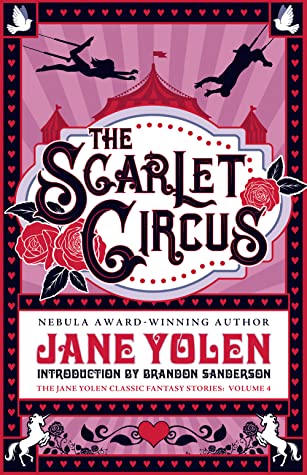
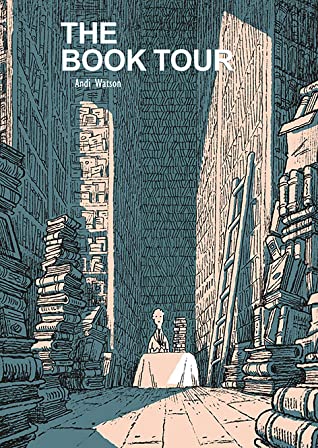

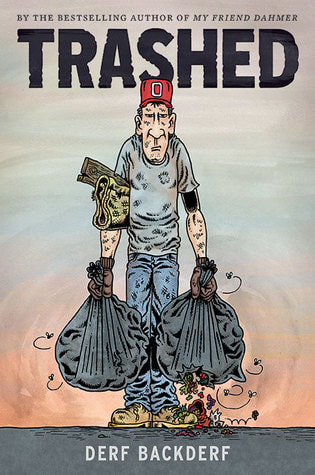
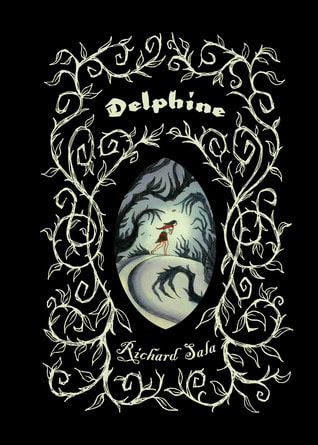

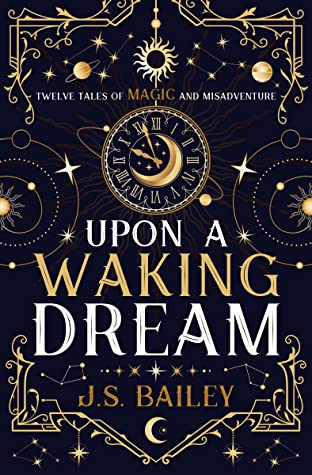
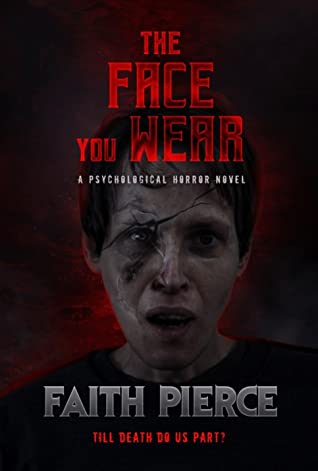

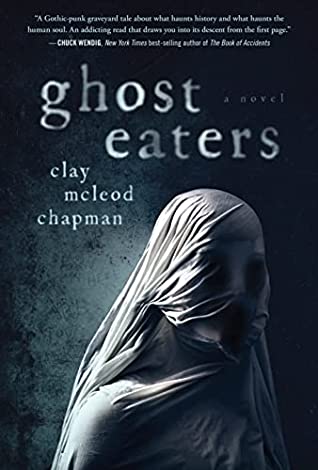
 RSS Feed
RSS Feed
